Publishing high-impact research on skulls 💀💀💀
Notable wins:
2024 - Journal cover research of Biology Letters Volume 20 issue 5.
2022 - CABAH Future Leaders grant – $28,762AUD.
2020 - “Best of PLOS 2019” research list.
2019 - Chancellor’s Doctoral Research Medal. University of New England, AU.
2015 - Australian Postgraduate Award (APA) schlolarship.
See below for methods I use.
Career timeline:
-
Flinders University – Adelaide, SA, Australia.
Casual postdoctoral researcher.
Currently working on 385 million year old placoderm skulls from the Gogo formation.
-
Flinders University – Adelaide, SA, Australia
Postdoctoral researcher
Mammalian Morphology-Environment Interactions, funded by The Australian Research Council Centre of Excellence for Australian Biodiversity and Heritage - CABAH.
-
University of North Texas – Fort Worth, TX, USA
Postdoctoral researcher
Ontogeny and functional morphology of the rodent skull.
-
University of Arkansas – Fayetteville, AR, USA
Postdoctoral researcher
NSF funded project analysing primate craniofacial shape in association with pathology.
-
PhD – conferred March 11th, 2019
“The cranial mechanics of herbivory in kangaroos and relatives: an integrated geometric morphometric and finite element approach”
Principal supervisor: Professor Stephen Wroe
Co-supervisor: Dr Emma Sherratt
University of New England, AU
-
Bachelor of Science with 1st class Honours & Bachelor of Zoology, majoring in Animal Ecology
Honours supervisor: Dr Tommy Leung
“Parasite communities of freshwater snails in the New England bioregion”
Grade Point Average of 6.75/7.00
University of New England, AU
Studying Skulls for Answers 💀🔬
Studying Skulls for Answers 💀🔬
Methods
Finite Element Analysis (FEA)
FEA is an engineering tool originally developed for the aerospace industry. Instead of having to build lots of prototypes and physical models to test how well different designs handle various conditions, FEA allows us to test digital models on a computer first!
Objects in the real world can be complex and difficult to take measurements from. FEA solves this problem by constructing complex structures out of small, simple objects on a computer - kind of like building a castle in Minecraft, or a car out of LEGO bricks! These simple shapes are much easier to make calculations with and collect data from. We can then use these digital models to simulate real-world actions, behaviours, or conditions.
FEA is like giving a superpower to biologists by letting them predict whether something will break without having to actually break anything!
To see how I apply FEA to skulls, see video link —>
Kendall’s Shape Space 🤩
Geometric Morphometrics (GM)
GM gives us a way to compare the shape of different things using maths and computers. What exactly do I mean by shape though? Well, imagine if you and all your friends draw a simple triangle on separate pieces of paper. Each drawing is a little different: one triangle is bigger, another is more tilted, and they all have slightly different lengths of their sides. But you want to compare the shapes of all the triangles, not their size or position on the paper.
We can use a clever little trick called Procrustes Superimposition that helps us compare the shapes of the triangles, by removing differences in size, position, and rotation. This is done by lining the triangles up so they are exactly on top of each other, then resizing them to all be the same size, and finally rotating them to match each other a closely as possible. After doing all this, what we have left is the shape that we can analyse and compare!
GM is like combining Connect-the-Dots with Tangrams!
To see how I apply GM to skulls, see video link —>
Anatomical Animations
I use a combination of digital modelling and animation techniques from Blender software, combined with advanced PowerPoint presentation design, to generate fun and engaging imagery for communicating complex ideas.
